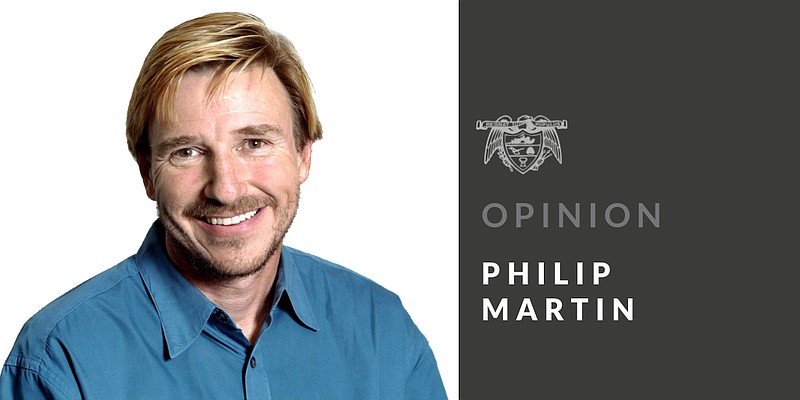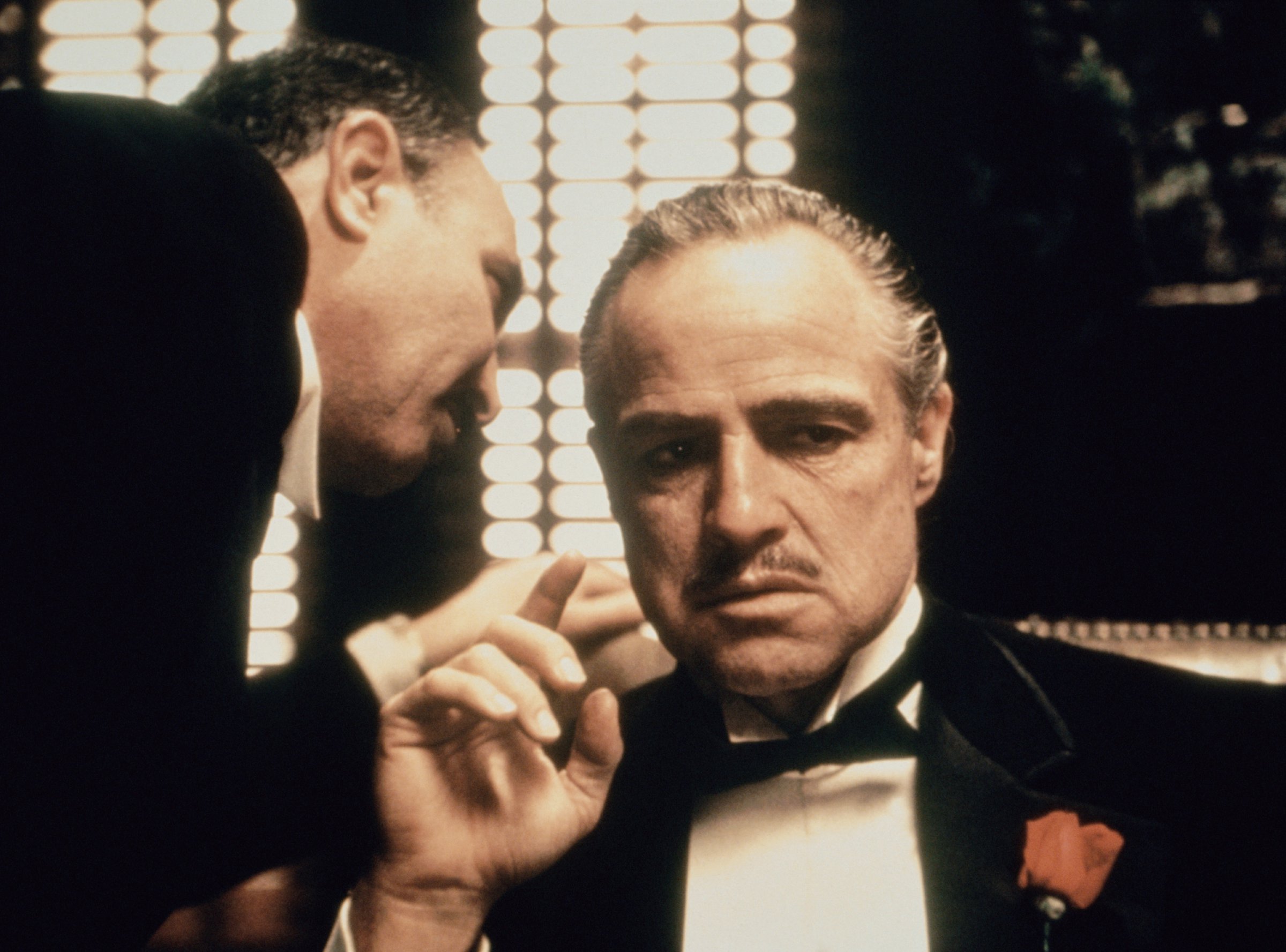In 1972, an old movie was one from the '60s. Anything with any more tread on it might have had some camp value, but it wasn't anything my 13-year-old self could take at face value. Old movies were to goof on.
Nowadays most of my favorite movies are around 50 years old. Films released between 1966 and 1975 have a special resonance, probably because I was of a susceptible age when I first saw them. This isn't a function of nostalgia; the best decade for American films was from 1966 to 1975, from the release of Arthur Penn's "Bonnie and Clyde" to Steven Spielberg's "Jaws" which, through no fault of movie brat Spielberg, began to ruin everything.
The first really "modern" movie was Alain Resnais' "Hiroshima, Mon Amour" from 1959. The conventions of movie-making changed in the '60s. Acting styles became more naturalistic, and the French New Wave ushered in a dynamic style of shooting and pacing that was influenced by the poverty-row genre movies Hollywood churned out in the '40s and the '50s. This made old movies seem stilted and square.
Now, old movies like "Bullitt" and "The Getaway" seem impossibly cool, though maybe not to those of you who are 13 years old.
"The Godfather," which a lot of people will argue is the greatest American movie ever made, is celebrating the 50th anniversary of its premiere this week.
If you remember seeing "The Godfather" in its initial run, you can probably appreciate how much and how little America has changed. Back then, we had a unpopular president, we were preoccupied with a war being fought on the other side of the world, and our politics were so divided there seemed a real chance our country might fly apart. Same as it ever was.
Paramount Pictures was expecting nothing more or less than a genre mob movie when it commissioned 33-year-old Francis Ford Coppola to direct a film version of Mario Puzo's best-selling novel; the studio anticipated something quick, sexy and violent. They had box offices hopes for the film, not artistic aspirations. They'd bought the rights to Mario Puzo's story before he ever wrote the novel.
Coppola was hardly the studio's first choice to direct; initially the job was offered to Italian director Sergio Leone, but he turned them down to direct his gangster opus "Once Upon a Time in America." Next it approached Peter Bogdanovich, who mulled the job over--he wanted Edward G. Robinson as Don Vito Corleone--before deciding to make "What's Up, Doc?" instead. Reportedly Peter Yates, Richard Brooks, Arthur Penn, the Greek-French director Costa-Gavras and Otto Preminger all turned it down.
Coppola wasn't an unknown when he got the job; he had written and directed four unsuccessful features, including the musical "Finian's Rainbow" (1968) and the semi-experimental feature "The Rain People" (1969) about a disillusioned suburban housewife (Shirley Knight) who, after she discovers she's pregnant, lights out for the territories, running away from her conventional marriage. Along the way she picks up a hitchhiker, a brain-damaged former college football player played by future "Godfather" cast member James Caan. Another future "Godfather" player, Robert Duvall, shows up as a highway patrolman.
It is a rambling, at times nearly incoherent film about dissatisfaction and searching, and fits in with other better known "New Hollywood" films from the same year, "Easy Rider " and "Midnight Cowboy."
What gave Coppola a little traction was the Academy Award-winning script he'd written for "Patton," which he shared with Edmund North, a veteran screenwriter called in after director Franklin J. Schaffner expressed concern about Coppola's first draft. As Coppola remembers, he was basically fired from "Patton." North was supposed to rewrite his script.
But George C. Scott had read and liked Coppola's script. He threatened to walk if it was discarded.
Still, Coppola didn't want to do the "The Godfather." He didn't like the book. He thought it was tawdry and gratuitous and cheap. But he needed money; his production company American Zoetrope, owed more than $500,000 to Warner Bros. In 1972 dollars. One of his partners, George Lucas, demanded he do the film strictly for the cash infusion.
Coppola had an idea. As he saw it, the mobsters--the Corleones, Lee Strasberg's Hyman Roth--were businessmen first. And like the heads of corporations that make money from the misery of the poor and powerless, they compartmentalize. They can love their children and care for their community. They can be inveigled by guilt. They can rationalize away their sins. And they mean to eventually become legitimate, upstanding citizens.
Coppola imagined the movie as a metaphor for American capitalism, suggesting the difference between the Corleones and the Kennedys was simply a matter of perception. "The Godfather" is a story about a dream going straight, or trying to. Time and again it comes back to themes of legitimacy and acceptance and how old loyalties and expectations frustrate the immigrant aspiration. It's about how power has its roots in crime.
Don Vito Corleone is nothing less than a gangster saint who eschews drug dealing and sees his role as a peace broker with obligations, who is only doing what he has to to transcend the Mott Street mob. His son Michael, the family's Hamlet, goes from Yale law school into the family business out of a sense of duty and responsibility, not because he sees himself as a kind of romantic outlaw.
Sure, "The Godfather" indulges the myth that criminals once followed a code. It's pretty to think so. And that bit of wishfulness contributes to its power. It's a touch of BS, something every fairy tale needs.
To sum up: A reluctant director who needs money badly agrees to direct the movie version of a potboiling crime novel written (allegedly) to cover its author's gambling debts. He hires a star (Marlon Brando) everyone thinks is washed up, and everyone does a little better than they need to. "The Godfather" is an American masterpiece not because it was conceived by genius, but because it was so well-executed.
Which is one of the ways art gets made--incidentally, by people whose first purpose is to pay their bills.
pmartin@adgnewsroom.com

